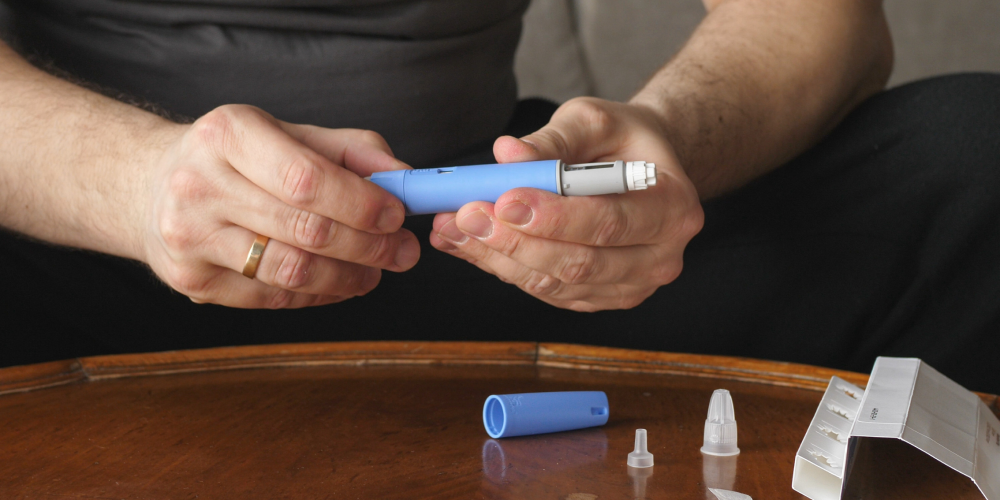Periodization Basics – What is it and why you should do it
Have you ever felt like you hit a plateau in the gym? In order to keep gaining both strength and size, sometimes you can’t just keep increasing volume and intensity. Often times the best way to keep evolving is to give yourself a break, let your body adapt and consolidate your gains in order to keep going forward.
However, as you may have guessed, there are many and many different ways to program these breaks and how to get back into training in order to evolve at the maximum possible rate. Throughout the history of resisted training, different professionals of various countries have developed several methods and it is no easy task to simply pick “the best”, as you have to keep in mind the intensity of training, the total and periodic volumes, the metabolic and central nervous system impact of the proposed program, among many other variables.
Although this concern with the organization of training is more important for competitive athletes in categories such as powerlifting, Olympic weightlifting, strength sports and any other high-performance activity that benefits from resisted training, bodybuilders can apply the concepts to maximize expected results in terms of strength and size in the least amount of time possible.
Formally, the term periodization refers to a way of organizing training into basic workable units. From the shortest to the longest, these units are organized as the training session, the microcycle, the mesocycle, the macrocycle and the quadrennial. Let’s define and detail each one of these:
- The training session: it’s the structural unit of training, designed to fulfill a specific purpose, such as training a particular muscle group, lifting a certain amount of weight in a specific movement for a given number of repetitions, or serving a restorative/recovery goal;
- The microcycle: usually consists of 2 to 9 training sessions with different individual purposes, with 7 being the average, or simply a week of training. Usual microcycles are the introductive, restorative, competitive and shock microcycles;
- The mesocycle: this cycle is made up of many microcycles designed around one purpose, usually a component of fitness such as strength, power, endurance, hypertrophy or other physical ability or even focus on the quality and technique of the exercise. Lasts from one month to about 4 months;
- The macrocycle: consists of many mesocycles, usually comprising the whole season of an athlete and lasting about a year. It’s the medium-term cycle where goals will be set for the competitive period and a decently built macrocycle will prepare the athlete for the new season;
- The quadrennial: originally thought for olympic cycle, hence the 4-year period. This is the long-term planning where the correction of major flaws like disproportions should be addressed, longevity of training and the overall development of the program.
One major problem today is that many training sessions we see around in the gym have no specific purpose that leads to the short or long-term goals of the person, all the way from beginners to advanced gym-goers. In order to develop and fulfill the desired purpose of training, each training session must build on the others and not just go to the gym and do whatever you feel like doing.
In the end, if you build yourself a nice, periodized training plan and stick to it, you will find that you will develop at a much faster rate than if you don’t. Of course, a periodization plan isn’t static, and can be changed and adapted as you go because, as we all know, life is full of surprises and an injury, for example, can make you replan everything in your life.









